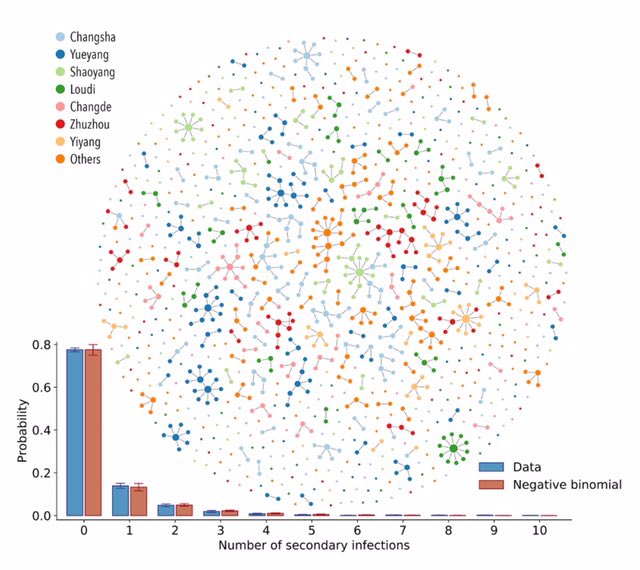
More stunning data out from Moderna’s vaccine trial today:
Of 196 #covid19 cases
185 were in placebo group
11 in vaccine group
- 94,1% efficacy
All 30 severe #covid19 cases were in placebo group
- so that’s, well, 100% for now
There was one #covid19 death in the placebo group
Of 196 #covid19 cases
185 were in placebo group
11 in vaccine group
- 94,1% efficacy
All 30 severe #covid19 cases were in placebo group
- so that’s, well, 100% for now
There was one #covid19 death in the placebo group
“Efficacy was consistent across age, race and ethnicity, and gender demographics”
The 196 #covid19 cases included:
33 in people 65+
42 in people "identifying as being from diverse communities”
The 196 #covid19 cases included:
33 in people 65+
42 in people "identifying as being from diverse communities”
Moderna says it will submit today for EUA at FDA and for conditional marketing authorisation at EMA.
FDA meeting to review safety and efficacy data likely on December 17.
Press release here (and yes, it’s another “vaccine news by press release Monday”):
investors.modernatx.com/news-releases/…
FDA meeting to review safety and efficacy data likely on December 17.
Press release here (and yes, it’s another “vaccine news by press release Monday”):
investors.modernatx.com/news-releases/…
On safety:
“no new serious safety concerns have been identified”
most common adverse reactions:
injection site pain
fatigue
myalgia
arthralgia
headache
redness at injection site
“no new serious safety concerns have been identified”
most common adverse reactions:
injection site pain
fatigue
myalgia
arthralgia
headache
redness at injection site
Usual caveats of “vaccine data by press release Mondays” apply:
This is a company press release, not scientific paper
There is a lot of additional data I want to see to understand how robust results are
We don’t know how long immunity lasts
and whether vaccine stops transmission
This is a company press release, not scientific paper
There is a lot of additional data I want to see to understand how robust results are
We don’t know how long immunity lasts
and whether vaccine stops transmission
And of course:
We need to produce billions of doses
And then we need to actually vaccinate people
And it is not just going to be about how fast we produce vaccine and vaccinate people, but also in what order we vaccinate people, both nationally and globally.
We need to produce billions of doses
And then we need to actually vaccinate people
And it is not just going to be about how fast we produce vaccine and vaccinate people, but also in what order we vaccinate people, both nationally and globally.
But - and I’ve said this before - if this data pans out this is an unprecedented achievement:
Highly efficacious vaccines will start being rolled out to fight a virus that was discovered THAT SAME YEAR.
Highly efficacious vaccines will start being rolled out to fight a virus that was discovered THAT SAME YEAR.
And, of course, my trusted colleague and vaccine expert @sciencecohen has a story on this at @NewsfromScience:
sciencemag.org/news/2020/11/a…
sciencemag.org/news/2020/11/a…
• • •
Missing some Tweet in this thread? You can try to
force a refresh



